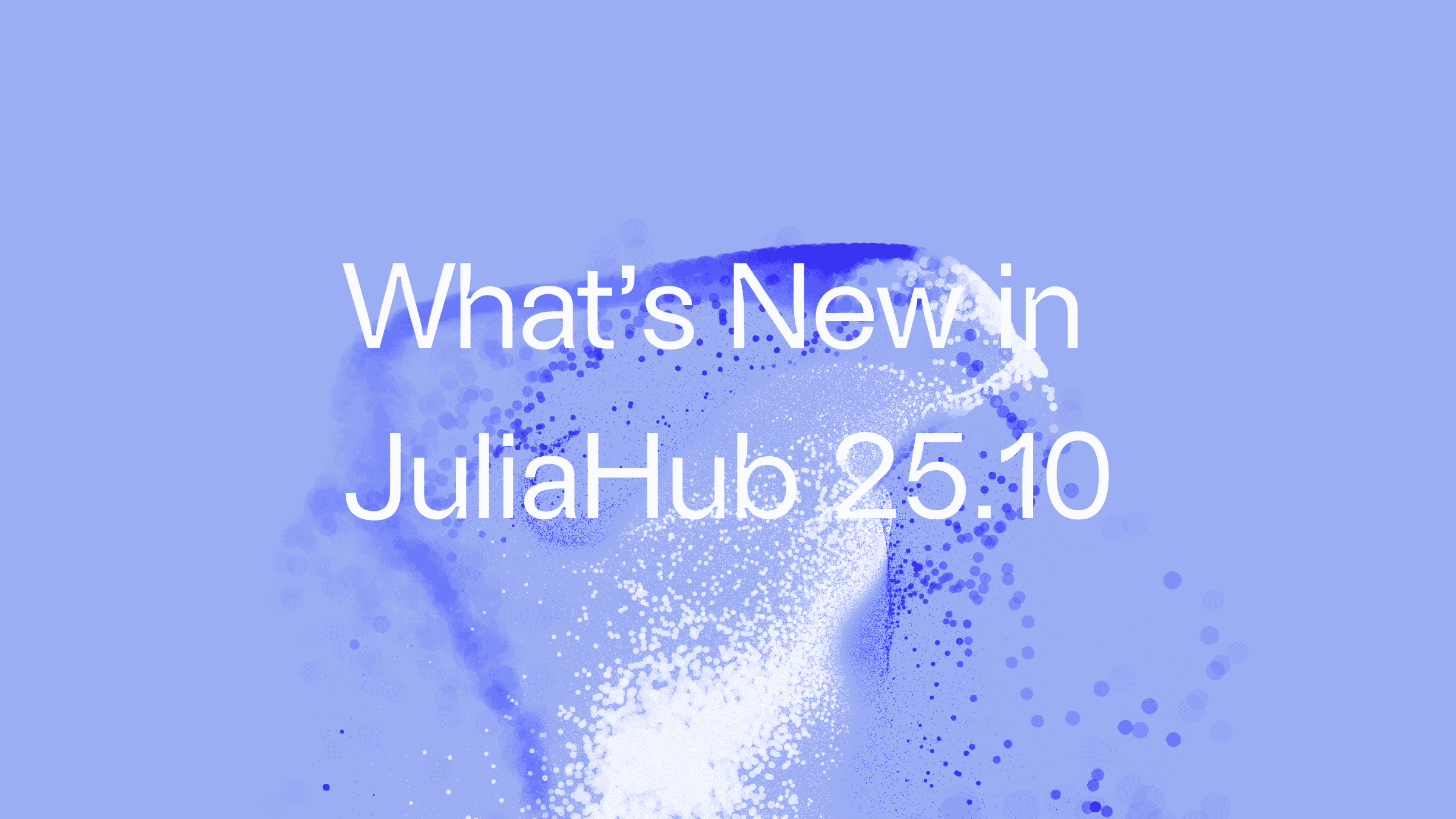
Dyad is a new platform designed to make hardware engineering as fast, composable, and iterative as modern software development. Built on the Julia ecosystem, Dyad offers a unified way to model physical systems, simulate behavior, and build reusable component libraries—bringing the speed of scripting and the rigor of engineering together. Whether you're developing thermal systems, electrical components, or multi-domain models, Dyad helps you move fast without sacrificing precision.
In this walkthrough, we show you how to get up and running with Dyad Studio, build your first component library, run simulations, and visualize results—all from within the Julia environment.
Getting Started with Dyad
You'll learn how to:
Create a Dyad component library from scratch
Write and simulate a simple thermal model
Modify simulation parameters and observe results dynamically
Inspect simulation artifacts and outputs
Use built-in electrical component libraries to define a custom RLC circuit
Visualize signals like voltage across a capacitor or current through a resistor
Whether you're designing control systems, building hardware prototypes, or simulating multi-domain systems, Dyad helps you move from idea to insight—quickly and efficiently. It’s a new approach that lets you iterate, experiment, and refine with the same agility that software engineers have long enjoyed.





